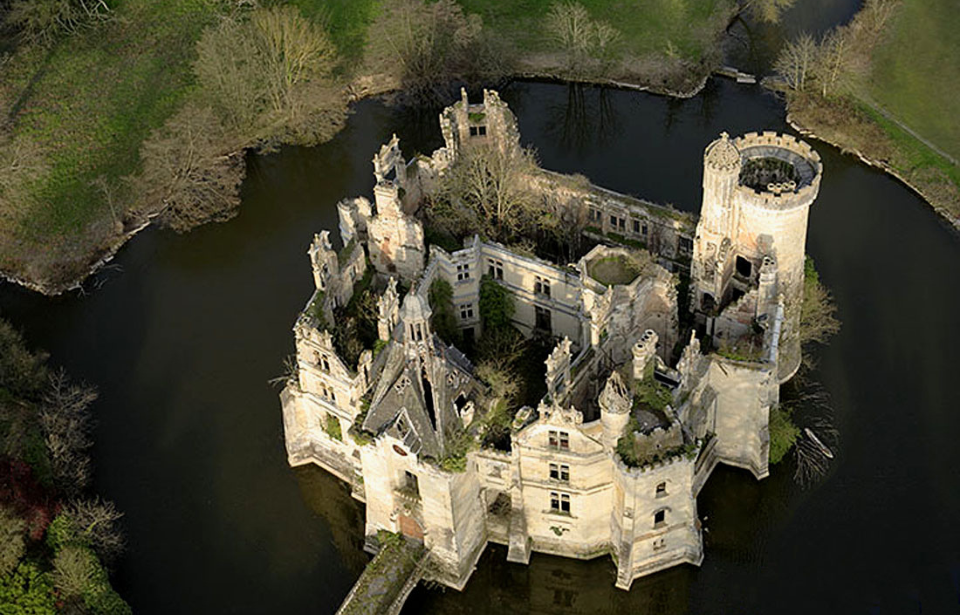Nestled in the picturesque Loire Valley of France, the Château de la Mothe Chandeniers stands as a symbol of historical preservation and architectural splendor. This castle, which has both romantic and enigmatic appeal, has captured the imaginations of history enthusiasts and architecture aficionados from across the globe. Its story is one of beauty, decay, and a remarkable resurrection that speaks volumes about the dedication to cultural heritage.
The Château de la Mothe Chandeniers has lived through various phases of existence. Its perseverance showcases a profound connection to the French cultural and historical narrative. The efforts to restore this magnificent structure have not only revived the physical premises but also rekindled interest in the rich history that the castle embodies.
Château de la Mothe Chandeniers went from a medieval stronghold to a neo-gothic gem
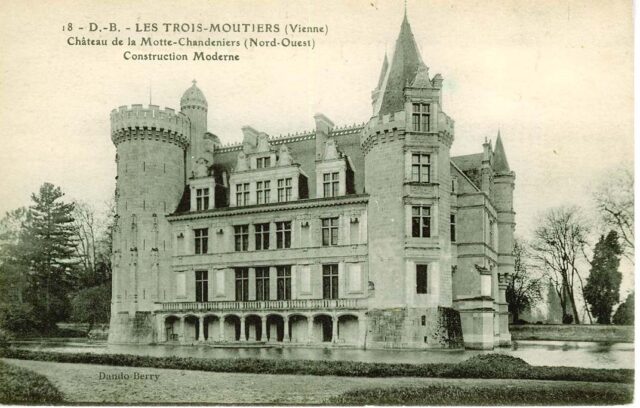
The storied past of Château de la Mothe Chandeniers dates back to the early 13th century, originally established by the influential Bauçay family. Over the centuries, this grand castle has witnessed several transformations and changes in ownership, including a period under English control during the tumultuous Hundred Years War. The castle’s most significant transformation occurred in the 1870s when Baron Edgard Lejeune acquired it, converting the medieval fortress into a breathtaking neo-Gothic residence adorned with opulent decorations and surrounded by lush gardens, setting the stage for many high-society events.
Each owner added their own touch, ultimately enhancing the castle’s beauty and complexity. This blend of architectural styles and historical layers makes the château not just a building but a chronicle of the ages, reflecting the artistic and societal shifts through centuries.
The decline of the French masterpiece into ruins
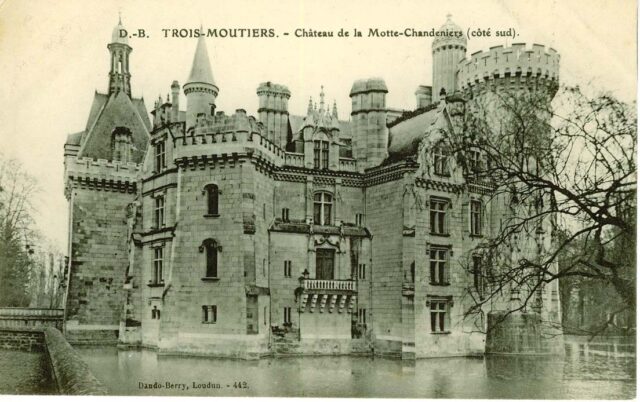
The château‘s fortunes took a dramatic turn in 1932 when a catastrophic fire engulfed the structure, leaving it in a state of severe disrepair. The once-majestic castle fell into a prolonged period of neglect, with restoration efforts hampered by financial difficulties and logistical hurdles. As the years passed, nature began to weave its way through the crumbling walls and overgrown gardens, casting an aura of lost grandeur over the abandoned building.
Despite its dilapidated state, the Château de la Mothe Chandeniers still managed to retain a haunting beauty, drawing the attention of photographers and historians who captured its eerie charm. The images of its ivy-clad turrets and moss-grown stones stirred a global interest in its fate, setting the stage for a modern revival.
There was a global effort to revive Château de la Mothe Chandeniers
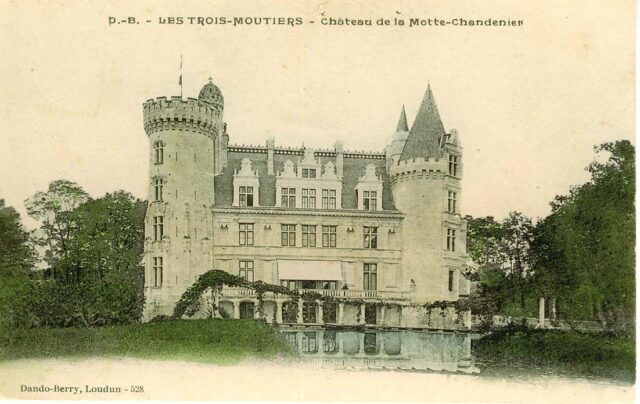
The revival of the château is a testament to the power of collective action and modern fundraising methods. In 2017, a crowdfunding campaign spearheaded by the organization Dartagnans captivated a global audience, raising over €500,000 in a mere 40 days. This impressive feat demonstrated widespread support for cultural preservation and enabled thousands of international co-owners to participate in the restoration of this historic gem.
This innovative approach to heritage conservation was not only able to provide the necessary funds to restore the once-forgotten structure but also fostered a community of enthusiasts dedicated to ensuring the château’s future. The success of this campaign proves that communities around the globe continue to value historical preservation, and it serves as an example of potential funding for other projects of restoration worldwide.
The château was finally restored
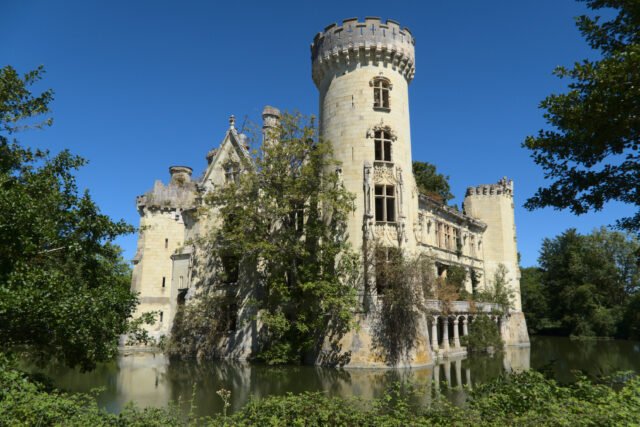
Over several years, the Château de la Mothe Chandeniers was a beehive of restoration activity, with experts and volunteers working diligently to revive its historical and architectural essence. The restoration process focused on meticulous attention to detail, ensuring that every aspect of the château’s design was preserved while enhancing its structural integrity. This careful balance between conservation and innovation was crucial in bringing the château back to its former glory and preparing it for future generations to enjoy.
The restoration efforts at the château were never just about rebuilding stone walls and refurbishing interiors; they were about resurrecting a piece of French heritage that continues to inspire and captivate. As the project progressed, it promised to reestablish the château as a landmark of cultural and historical significance, and over several years, it did exactly that.
Visiting the Château de la Mothe Chandeniers
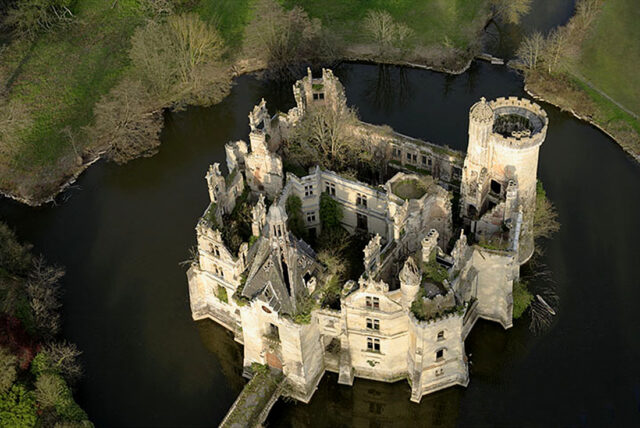
Following the extensive restoration project, the château has opened to the public. Located in Les Trois-Moutiers, the château is easily accessible from major French cities and offers a unique glimpse into both its illustrious past and promising future. Visitors can expect to be taken on a journey through history and restoration, and its visiting season, from May to October, provides the perfect backdrop for exploring the castle.
More from us: Want to Own a Medieval Castle? There’s One for Sale in France for $34 Million
The Château de la Mothe Chandeniers not only symbolizes the resilience and beauty of French heritage but also serves as a beacon of community and international cooperation in the preservation of cultural treasures. It invites everyone to partake in its ongoing narrative of revival, a narrative underscored by commitment, passion, and collective effort.
